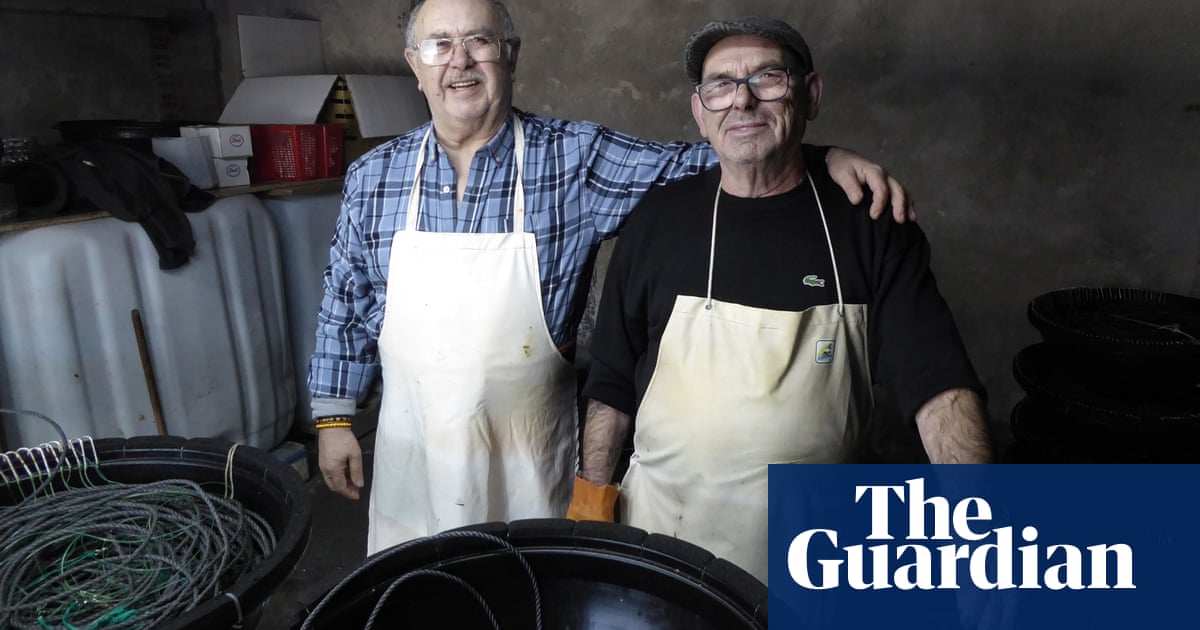“It’s eating what the sea provides’: Galicia’s Atlantic diet eclipses Mediterranean cousin | Spain”
Spain is a country renowned for its delicious cuisine, with each region boasting its own unique flavors and dishes. When it comes to culinary traditions, the Spanish Mediterranean diet is often the first to come to mind – with its focus on olive oil, fresh vegetables, and seafood. However, there is another lesser-known but equally delicious diet in Spain that deserves recognition: the Galician Atlantic diet.
Located in the northwest corner of Spain, Galicia is a region that is rich in both cultural heritage and natural beauty. Surrounded by the Atlantic Ocean on one side and lush green landscapes on the other, Galicia has a unique culinary tradition that is heavily influenced by its surroundings. The Galician Atlantic diet is characterized by its emphasis on fresh seafood, locally-grown produce, and hearty, rustic dishes.
One of the key components of the Galician Atlantic diet is seafood. With its long coastline and abundant fishing grounds, Galicia is known for its variety of fresh fish and shellfish. From octopus to mussels to sardines, Galician cuisine features an array of seafood dishes that are both flavorful and satisfying. One of the most popular dishes in Galicia is pulpo a la gallega, or Galician-style octopus. This dish is made by boiling octopus until tender, then serving it with potatoes, paprika, and olive oil. The result is a dish that is simple yet incredibly delicious, showcasing the freshness and quality of Galician seafood.
In addition to seafood, the Galician Atlantic diet also emphasizes the use of locally-grown produce. Galicia is known for its fertile soil and mild climate, which allows for a variety of fruits and vegetables to thrive. Some of the most common ingredients in Galician cuisine include potatoes, cabbage, and peppers, all of which are used in traditional dishes such as caldo gallego, a hearty vegetable soup made with potatoes, beans, and greens. This emphasis on fresh, seasonal produce not only adds depth and flavor to Galician dishes, but also ensures that they are healthy and nutritious.
Another key aspect of the Galician Atlantic diet is its focus on simple, rustic cooking techniques. In Galicia, meals are often prepared using traditional methods that have been passed down through generations. From roasting fish over an open flame to slow-cooking stews for hours on end, Galician cuisine is known for its use of slow cooking methods that allow flavors to develop and intensify. This commitment to traditional cooking techniques is what sets the Galician Atlantic diet apart from its Mediterranean counterpart, which often relies on more complex and elaborate recipes.
While the Galician Atlantic diet may not be as well-known as the Spanish Mediterranean diet, it is just as delicious and satisfying. With its emphasis on fresh seafood, locally-grown produce, and simple cooking techniques, the Galician diet offers a unique and delicious culinary experience that is truly one-of-a-kind. Whether you’re exploring the charming coastal towns of Galicia or dining in a traditional Galician restaurant, be sure to sample some of the region’s signature dishes and savor the flavors of the Atlantic. You won’t be disappointed.
In conclusion, the Galician Atlantic diet is a hidden gem in Spain’s culinary landscape. With its focus on fresh seafood, locally-grown produce, and traditional cooking methods, the Galician diet offers a unique and delicious culinary experience that is not to be missed. Whether you’re a seafood lover or simply enjoy good food, the Galician diet has something for everyone. So the next time you find yourself in Spain, be sure to venture off the beaten path and explore the flavors of Galicia. Your taste buds will thank you.



